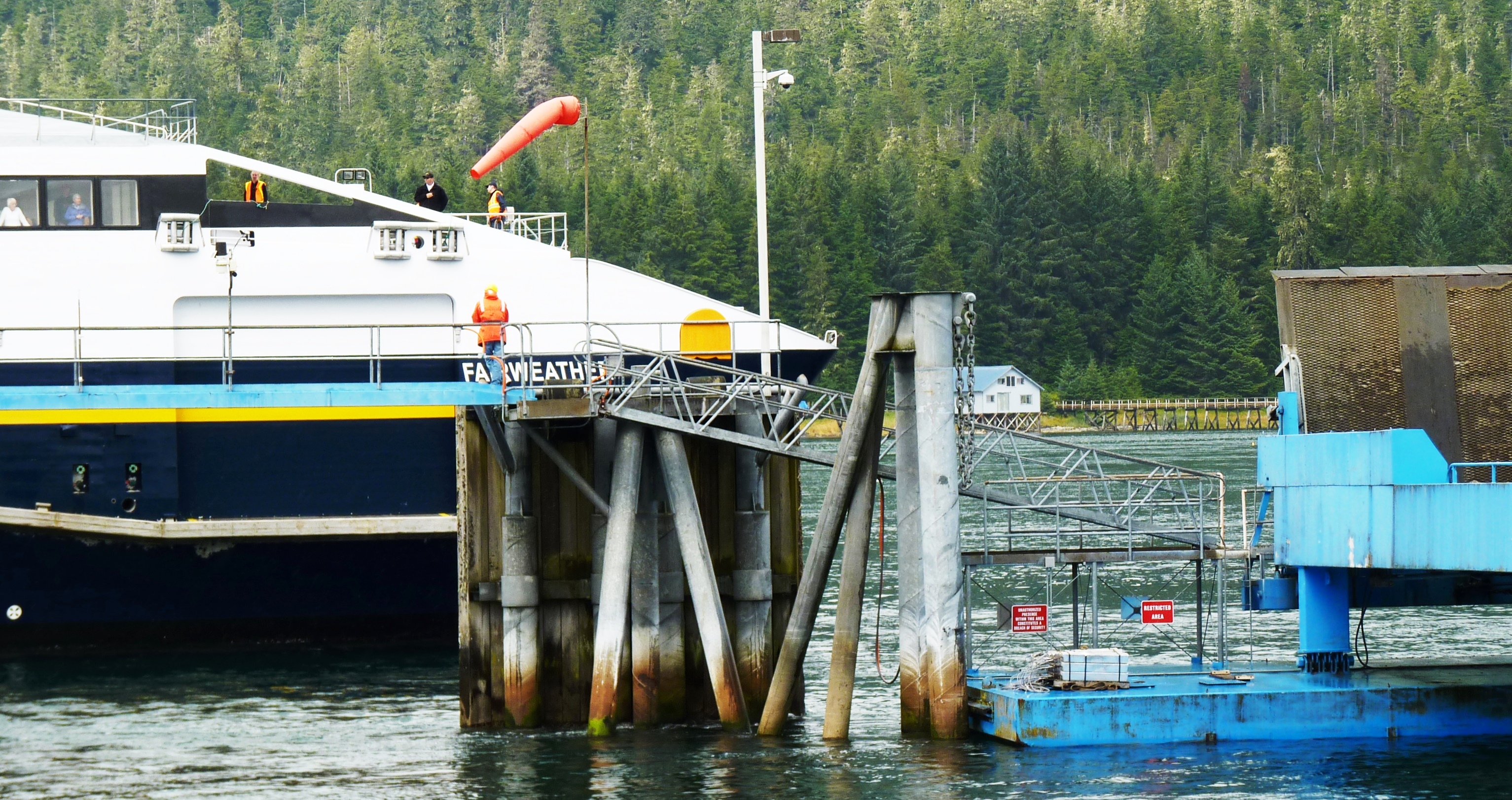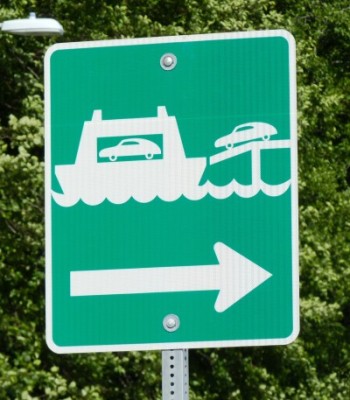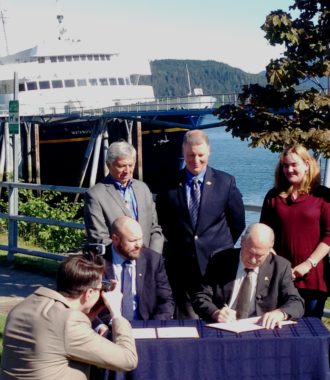
The Alaska Marine Highway has seen deep funding and service cuts as the state deals with a massive budget deficit.
With the money running low, what are the system’s prospects during this year’s legislative session?
Coastal lawmakers have heard from lots of constituents about fewer ferry sailings.
One is Ketchikan Rep. Dan Ortiz, an independent whose district’s link to the mainland is a stop or two south.
“We used to be able to have a choice of maybe three trips at least down to Prince Rupert during a week,” he said. “Now it’s been reduced to once a week and even in the worst times of service, once a month. That’s crazy.”
The same is true for Sitka Rep. Jonathan Kreiss-Tomkins, a Democrat whose district includes Petersburg and other island communities.
Once-frequent service has dropped to a trickle, he said.
“That impedes Alaskans trying to live their lives, not mention commerce in a pretty significant way,” he said.
The region’s lawmakers said it’s about more than declining revenue.
Recent House and Senate majorities have largely marginalized the voice of ferry port towns.

Sitka Sen. Bert Stedman, a Republican who represents the region south of Juneau, points to disproportionately large cuts to the ferry system, compared with other Department of Transportation programs.
“And I’m hoping with the new legislative makeup that we’ll be able to stabilize that and get some parity amongst the rest of DOT,” he said.
He’s referring to the new bipartisan House majority, which put all of Southeast’s representatives in leadership positions.
Gov. Bill Walker’s budget proposal for the next fiscal year cuts marine highway spending by about 2 percent. That’s far less than in recent years. But it’s still enough to eliminate about 180 jobs, most onboard two now-unstaffed ferries in long-term storage.
“The problem is we can’t cut any more. We just can’t,” said Juneau Sen. Dennis Egan, a Democrat whose district covers northern Southeast.
He’s among lawmakers hoping to block those cuts.
Some hope to add a little funding, though others say increased efficiency is the key.
Beyond the budget, the ferry system faces possible management changes stemming from this year’s session.
They’re tied to a study recommending the marine highway be run by a public corporation overseen by a stakeholders’ board. Ship, terminal and other assets would remain the state transportation department’s property.

Juneau Rep. Sam Kito III, a Democrat whose district includes Haines, Skagway and a few smaller communities, said independent management could make the system more flexible and responsive.
“They can tell us this is what the marine highkway system will look like in five years, this is what our goals are for improving cost recovery, for decreasing costs, and I think they can do that very well within the public corporation framework,” he said.
It’s a bad idea, Stedman said, at least for now. He worries lawmakers could use it as an excuse to cut funding.
“Where’s the revenue? If the state’s subsidizing the marine highway $60 million, $70 million, $80 million a year, where’s that revenue stream and how stable is it?” he said. “Once that question’s answered, we can have more dialog on how we’re going to operate it.”
Whether it’s governance or money, the region’s legislators want the result to be a more predictable marine highway.
Justin Parish, a Democrat who represents Juneau’s Mendenhall Valley, puts it this way.
“People are depending on the service for medical transportation, for school transportation and to make trips to buy necessities,” he said. “I don’t think that there’s a sufficient degree of consistency and reliability right now.”
We won’t know whether any of this will happen until lawmakers pass a budget, and possibly other legislation.
